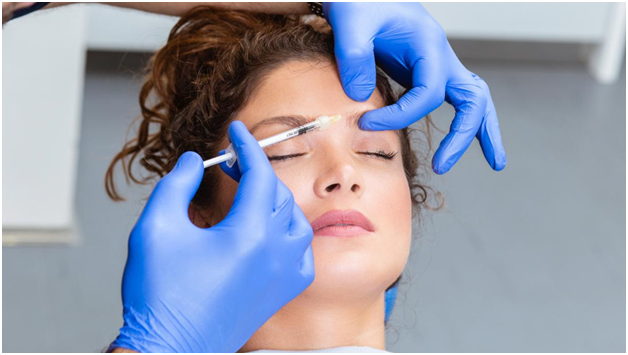
BOTOX® is one of the most popular cosmetic treatments globally, celebrated for its ability to reduce wrinkles and fine lines. Despite its widespread use, several misconceptions and myths persist, creating unnecessary hesitation among potential users. Let’s debunk some of the most common myths about BOTOX® and provide factual information and expert insights to clear up any misunderstandings.
Myth 1: BOTOX® is Only for Wrinkles
While BOTOX® is famous for its wrinkle-reducing capabilities, its benefits extend far beyond aesthetics. BOTOX® is also used to treat various medical conditions, including chronic migraines, excessive sweating (hyperhidrosis), overactive bladder, muscle spasms, and TMJ disorders. Its versatility makes it a valuable treatment option for both cosmetic and therapeutic purposes.
Myth 2: BOTOX® is Toxic and Unsafe
BOTOX® is derived from botulinum toxin, but the doses used for medical and cosmetic purposes are extremely small and highly controlled. The FDA approved BOTOX® for cosmetic use in 2002, and it has been extensively studied for its safety and efficacy. When administered by a qualified professional, BOTOX® is safe and effective, with minimal risk of adverse effects.
Myth 3: BOTOX® Will Freeze Your Face
One of the most pervasive myths is that BOTOX® will make your face look frozen and expressionless. In reality, BOTOX® works by temporarily relaxing specific muscles to smooth out wrinkles while still allowing for natural facial expressions. When performed by an experienced practitioner, BOTOX® results in a refreshed and youthful appearance without compromising facial movement.
Myth 4: BOTOX® is Only for Women
Although BOTOX® is popular among women, it is not exclusively for them. Men increasingly seek BOTOX® treatments to address signs of aging and improve their appearance. In fact, the term “Brotox” has emerged to describe the growing trend of men using BOTOX®. Everyone, regardless of gender, can benefit from the cosmetic and medical advantages of BOTOX®.
Myth 5: BOTOX® is Painful
Many people fear that BOTOX® injections are painful. However, most patients report minimal discomfort during the procedure. The needles used for BOTOX® injections are very fine, and the treatment is quick, typically taking only 10-15 minutes. Some practitioners may also use a topical numbing cream to enhance comfort during the procedure.
Myth 6: BOTOX® is Addictive
There is no evidence to suggest that BOTOX® is physically addictive. However, patients often appreciate the positive results and choose to continue treatments to maintain their appearance. The decision to undergo repeated BOTOX® treatments is based on personal preference and satisfaction with the results, rather than any addictive properties of the substance.
Myth 7: BOTOX® is Only for Older People
BOTOX® is commonly associated with older individuals looking to reduce existing wrinkles, but it is also an effective preventive treatment for younger people. Starting BOTOX® in your late 20s or early 30s can help delay the onset of wrinkles by relaxing the muscles that cause them, promoting a youthful appearance for longer.
Myth 8: You Should Only Get BOTOX® When You Have Deep Wrinkles
BOTOX® can be used at any stage of wrinkle development. It is effective for treating both fine lines and deeper wrinkles. Early intervention with BOTOX® can prevent the deepening of lines and maintain smoother skin over time.
Myth 9: BOTOX® Results are Immediate
While BOTOX® works relatively quickly, the full effects are not immediate. Most patients start to see results within 3-5 days, with maximum effects visible around two weeks post-treatment. Patience is key to appreciating the full benefits of BOTOX®.
Myth 10: Anyone Can Administer BOTOX®
BOTOX® should only be administered by qualified and experienced healthcare professionals. Proper training ensures the treatment is safe and effective, minimizing risks of complications. Always seek a reputable provider to ensure the best results.
In conclusion, BOTOX® is a versatile, safe, and effective treatment for a variety of cosmetic and medical concerns. By debunking these common myths, we hope to provide a clearer understanding of BOTOX® and encourage informed decision-making. If you’re considering BOTOX®, consult with a qualified professional to discuss your goals and determine the best approach for your needs.

